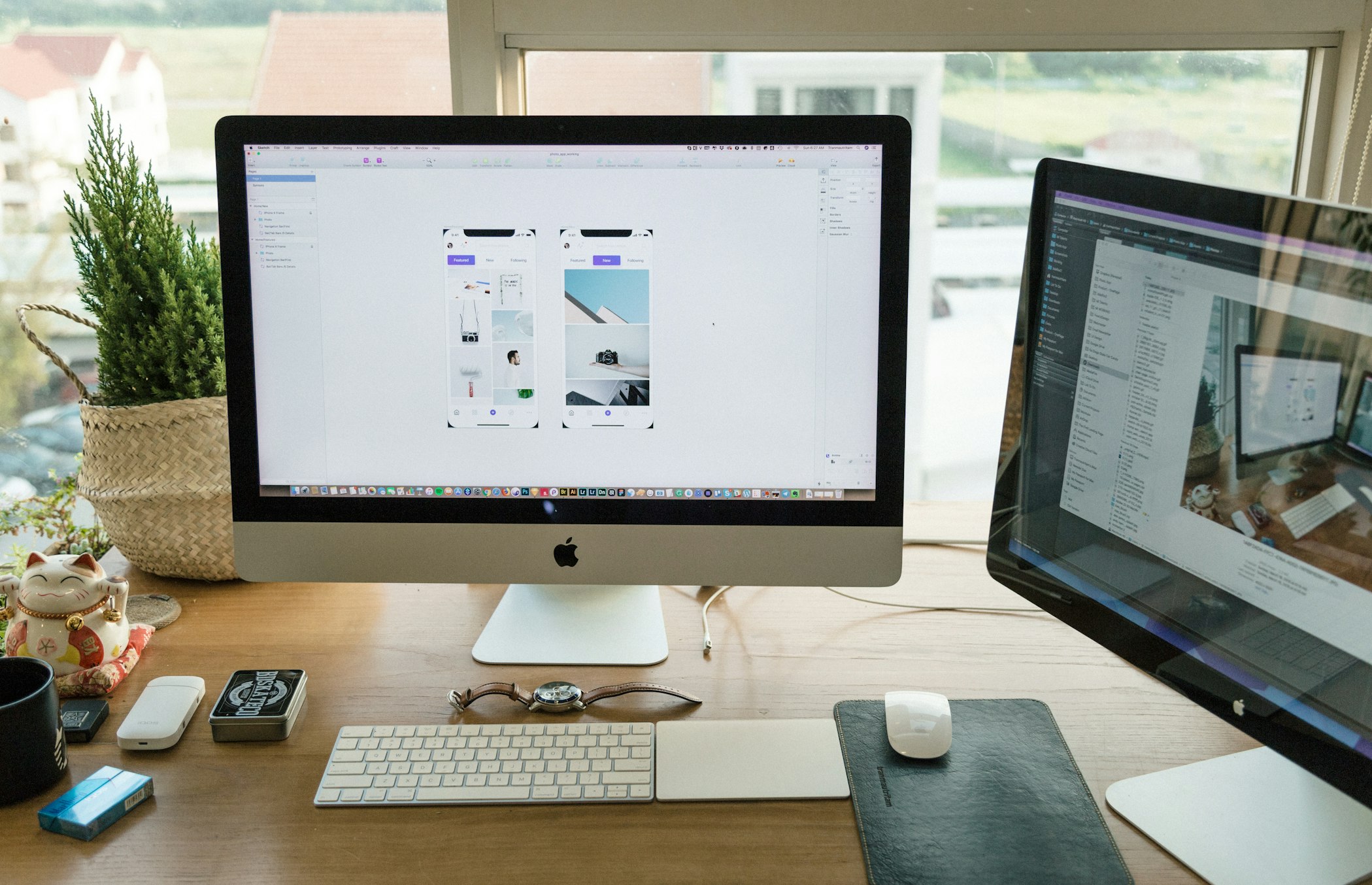Top UI/UX Design Trends in 2025 for Mobile Apps
The landscape of mobile app design is rapidly evolving, with 2025 promising some of the most exciting shifts we’ve seen in years. As a UI/UX designer who’s spent over a decade in the trenches, I’ve seen trends come and go. But this year, we’re seeing a shift toward deeper personalization, smarter interactivity, and more humane design philosophies.
In this article, I’ll walk you through the top UI/UX trends for 2025 that will shape the future of mobile app design—backed by experience, real examples, and practical insights you can use.
Table of Contents
- Hyper-Personalization Powered by AI
- Voice-Driven Interfaces and Voice UX
- Gesture-Based Navigation 2.0
- Microinteractions with Purpose
- Sustainable and Minimalist UI
- Inclusive Design and Accessibility 2.0
- Immersive AR and VR Integration
- Dark Mode Design Evolution
- Skeuomorphic Elements Reimagined
- Emotionally Intelligent Interfaces
1. Hyper-Personalization Powered by AI
We’re long past the era of one-size-fits-all interfaces. In 2025, mobile apps are designing themselves in real-time to reflect each user’s behavior, preferences, and even emotional states.
Example:
Spotify and Netflix have already adopted this. But imagine a health app adjusting UI colors based on the user’s mood or e-commerce apps dynamically showcasing products based on touch behavior.
Why It Matters:
- Boosts engagement
- Increases retention
- Enhances satisfaction
Tips:
- Leverage AI-driven user segmentation
- Integrate adaptive components in design systems
2. Voice-Driven Interfaces and Voice UX
With smart assistants becoming mainstream, Voice UX is no longer a luxury—it’s a necessity.
Case Study:
Bank of America’s mobile app saw a 30% increase in engagement after integrating Erica, its AI voice assistant.
How to Adapt:
- Design with VUI (Voice User Interface) logic
- Include voice feedback indicators
- Focus on conversational flows over visual menus
3. Gesture-Based Navigation 2.0
We’re now beyond swiping and pinching. 3D gestures, haptics, and air movements are emerging in high-end smartphones.
Tools:
- Apple’s Vision Pro gestures
- Android’s Motion Sense
UX Consideration:
- Always include fallback options for unfamiliar gestures
- Provide subtle cues or onboarding tutorials
4. Microinteractions with Purpose
Microinteractions aren’t just decorative—they’re functional feedback mechanisms.
Examples:
- A micro pulse when a task is completed
- Animated checkboxes with sound cues
Use Cases:
- Improve error handling
- Reinforce brand personality
“Design is in the details. A microinteraction is like a firm handshake—subtle, yet powerful.”
5. Sustainable and Minimalist UI
Sustainability isn’t just for products—eco-friendly design is now a UI trend.
What It Means:
- Low-energy UI elements
- Dark mode by default
- Minimal animations
Example:
Samsung’s One UI focuses on dark tones and reduced animation for battery saving and accessibility.
6. Inclusive Design and Accessibility 2.0
The next-gen inclusive design goes beyond contrast and font sizes.
Features to Implement:
- Motion sensitivity toggles
- Dyslexia-friendly fonts (e.g., OpenDyslexic)
- Real-time text-to-speech
Real World Impact:
Apps like Be My Eyes and Seeing AI are leading the way.
7. Immersive AR and VR Integration
AR and VR are no longer niche. Apple, Meta, and Snap are all investing heavily in immersive UI experiences.
Design Ideas:
- Virtual try-ons for shopping apps
- Gamified AR onboarding
Tool Suggestion:
- Use Adobe Aero or Unity AR Foundation for prototypes
8. Dark Mode Design Evolution
Dark mode is standard, but in 2025, we’re seeing more gradient-based and dynamic dark themes.
Design Tip:
- Avoid pure black; use deep blue, purple, or charcoal
- Add subtle glows for icon highlights
Why Users Love It:
- Reduces eye strain
- Saves battery on OLED devices
9. Skeuomorphic Elements Reimagined
Skeuomorphism is back—but smarter. Instead of overly realistic buttons, we’re seeing tactile UI with 3D depth, shadows, and textures.
Where to Use:
- Finance apps (for realistic card interactions)
- Productivity tools (for drag-and-drop motions)
Best Tools:
- Figma 3D plugins
- Adobe Dimension for concept visuals
10. Emotionally Intelligent Interfaces
Apps are becoming emotionally aware. Using machine learning, they can detect stress or excitement—and adapt accordingly.
Example:
Meditation apps adjusting pace or visuals based on heart rate feedback via smartwatch integrations.
UI Elements:
- Mood-based themes
- Adaptive font sizes and pacing
FAQs
What are the latest UI/UX design trends in 2025?
The top UI/UX trends include hyper-personalization, gesture-based interfaces, AR/VR integration, emotionally intelligent design, and eco-friendly minimalism.
How can I stay updated with mobile app design trends?
Follow leading design blogs (like Smashing Magazine or UX Collective), engage in design communities, and attend webinars or courses on emerging technologies.
Why is accessibility in UI/UX design important?
Accessibility ensures apps are usable by all users, including those with disabilities, which improves usability and is often a legal requirement.
How do dark mode and sustainable UI relate?
Dark mode uses less battery on OLED screens, aligning with sustainable design efforts.
Which tools are best for designing mobile app UIs in 2025?
Figma, Adobe XD, ProtoPie, and Unity for AR/VR design are top choices.


Leave a Reply